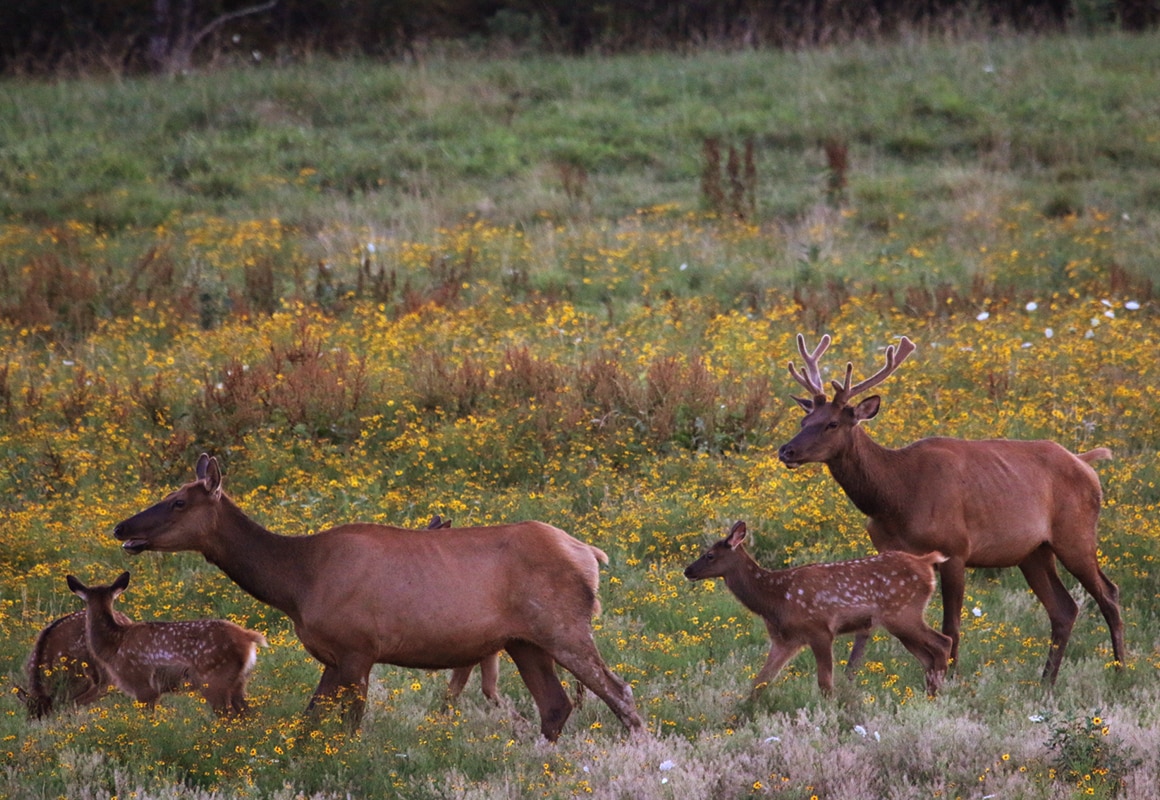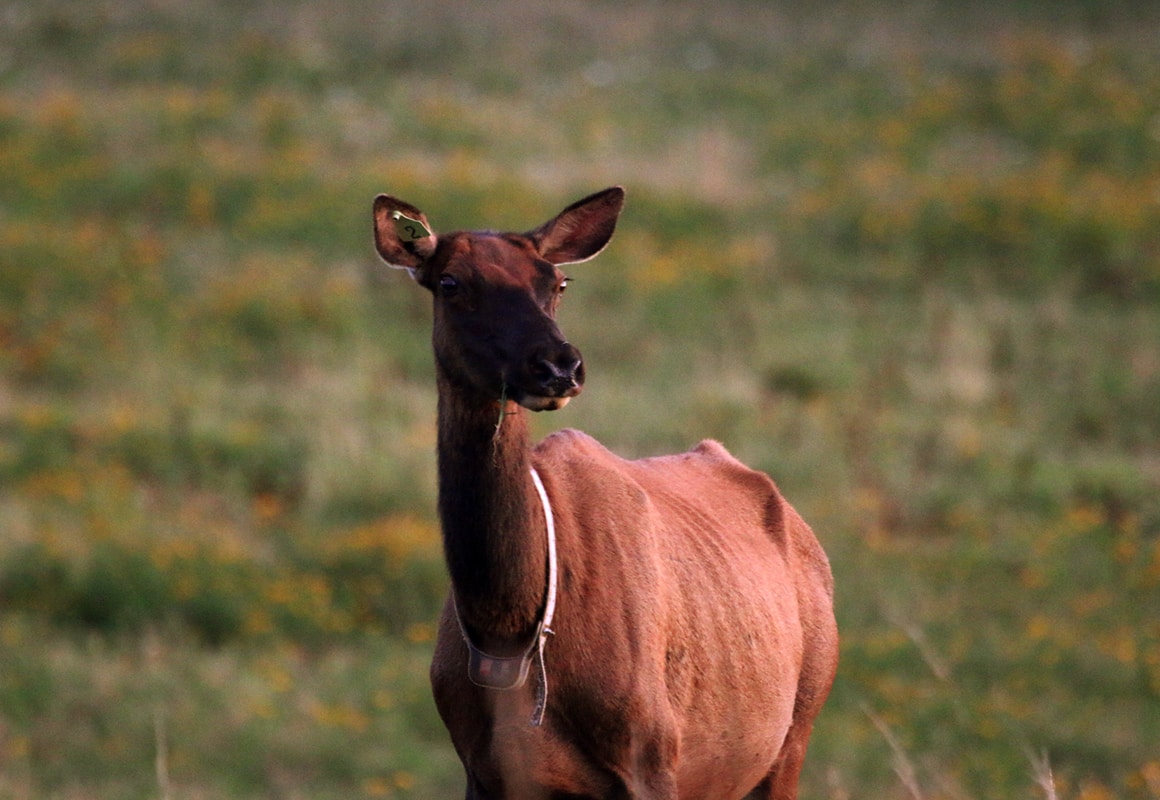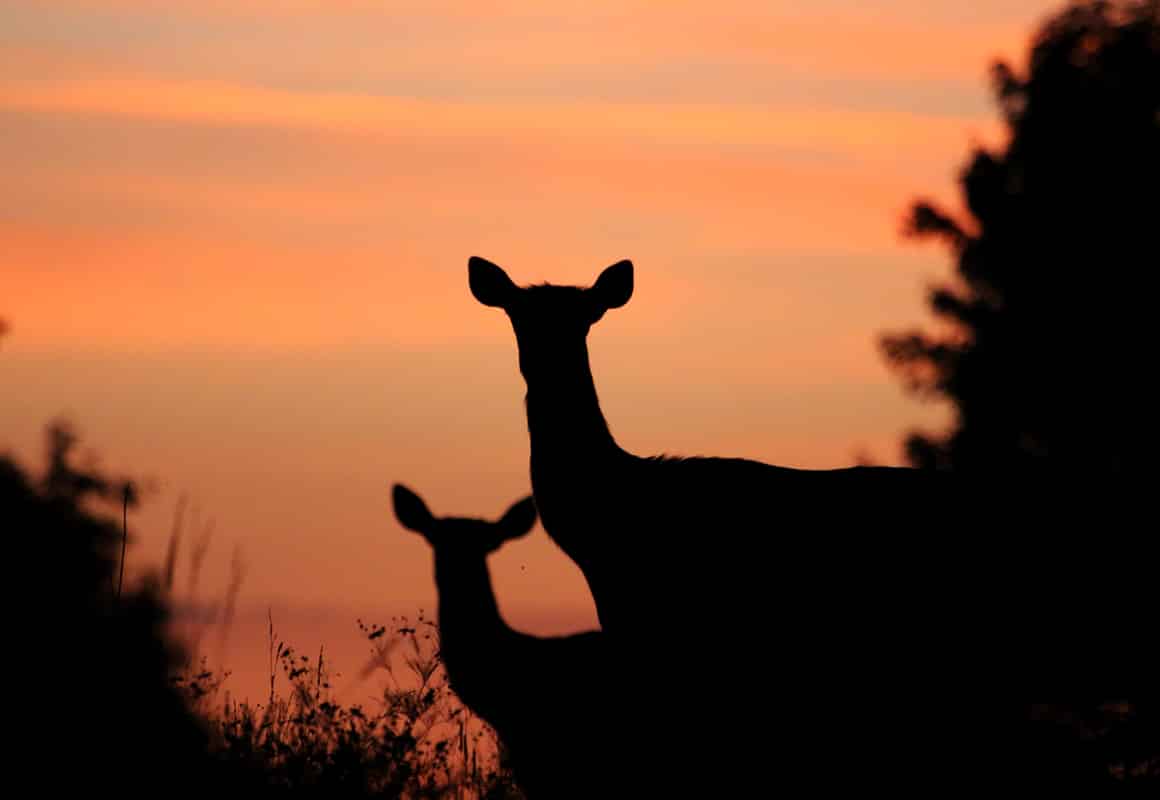I’m always met with the same responses regarding my involvement in conservation organizations, specifically, The Rocky Mountain Elk Foundation.
“What is the Rocky Mountain Elk Foundation?” and, “I didn’t even know we had elk in Wisconsin,” are common questions when I bring up my volunteer work.
The majority of the residents aren’t aware how elk came to our state, let alone of their existence. But after years of hard work and research by the Wisconsin Department of Natural Resources and The Rocky Mountain Elk Foundation, 2018 will mark a significant chapter in Wisconsin’s history of conservation.
More than 20 years ago, the Wisconsin Department of Natural Resources explored reintroducing several big game species. They decided moose and caribou would be less successful and beneficial than an elk reintroduction.
In February 1995, 25 elk were trapped in Michigan, then tested and transported to the Clam Lake area of Wisconsin. They were held in a pen to get acclimated and on May 17, they were released into the Chequamegon-Nicolet National Forest. Four years later, the University of Wisconsin – Stevens Point took charge of Wisconsin’s new elk herd, which had doubled in population.
Today, the elk herds occupy the Clam Lake and Black River Falls areas in northern Wisconsin. According to the Department of Natural Resources, since the original elk reintroduction in 1995, the herd has increased at an average rate of 13 percent each year.

Joining the Movement
I’ve been involved with Whitetails Unlimited for more than 20 years, so The Rocky Mountain Elk Foundation’s presence in Wisconsin was intriguing.
After eyeing the RMEF webpage for more than a year, and researching the organization and Wisconsin’s elk population, I decided to become a member and volunteer.
Soon after I reached out to other members, I received a flood of emails, welcoming me and telling me about different ways I could be involved, from volunteering to being a part of my chapter committee.
The first opportunity was searching for elk calves to collar and tag for further research. Having never seen an elk in the wild, let alone a calf, my heart was set on it. The thought of assisting in establishing a sustainable elk population made me feel like I could make a difference, and even make history. I thought about how large the population would be when I have children, and when my children have children, and how amazing it would be for them to see elk regularly in the wild. I would feel as though I’d left my proud footprint in the world of conservation.
The morning of my first calf search, I felt the same jittery feeling I get during hunting season. Like the excitement leading up to an adrenaline rush, my hopes and emotions were extremely high.
Upon arrival, we huddled around DNR biologist Scott Roepke. He told us where we were going, what his plan was, and what we would do if we found a calf. I hadn’t even thought about the “if” part.
We started the search on a private farm. The DNR kept tabs on a cow that, according to her tracking device, hadn’t moved much in several days. Scott was the first to walk into the area where she was located. He went alone so he could tell if she was still pregnant or not. It felt like hours before he gave us the “go ahead” to walk in.
He thought the cow gave birth and suspected the calf would be nearby. We were instructed to line up while others in our group acted as “anchors” to help keep an equal distance and pace.
We searched the area six or seven times, without luck, and my heart sank. I became less confident we would find a calf that day.
Another cow was located further north. The DNR team was less confident that she had given birth, but decided we would check in on her anyway. This search took us to Wazee Lake County Park, in Jackson County.
Again, Scott went in to see if he could tell if the cow had given birth yet, and shortly after, he called us over. We walked off a paved path and into a stand of pines. Once again, we lined up, and began walking. I had already come to terms with the fact that we wouldn’t find any calves, but within 10 minutes, we spotted something lying in the tall grass along the hillside.
We quietly flagged the group down, and they made their way toward us to circle the calf. The closer I got, the more joy I felt. At first, I wasn’t sure if I was looking at a whitetail or an elk, but after staring at its big and beautiful black eyes, I realized I was looking at the first elk calf I had ever seen. I felt an immediate attachment to the elk and the volunteer work itself, as if it was something I was meant to do all along. I felt extremely blessed to be a part of something so special.
The calf laid still as we surrounded it slowly and Scott put a hood over her eyes to help it stay relaxed. From there, Scott checked the gender, weighed the calf, placed a collar on it, tagged its ears, placed a chip, checked how old it was. The female elk calf was tagged as “#304.” They determined she was born within the last 12 hours.
I imagined the feeling of finding her calves someday.
Scott placed the calf in a new, hidden spot where she could be found by her mother, but still hidden from any people or predators that might walk through the area.

Wisconsin’s Newest Season
The fruit of these efforts, and those in previous years, became even sweeter on March 13 when the DNR announced the state would hold an elk hunt the following October. The elk herd was projected to reach over 200 in 2018, with a high number of bulls. The Elk Advisory Committee, which is made up of individuals from the DNR, RMEF, and other partners, decided to distribute 10 bull elk tags for a very regulated hunting season.
The quota was carefully selected by DNR biologists, researchers, and representatives from the RMEF, Wisconsin Wildlife Federation, Jackson County Forest and Parks, Wisconsin Conservation Congress, U.S. Forest Service, Wisconsin Bowhunters Association, Great Lakes Indian Fish & Wildlife Commission, University of Wisconsin-Stevens Point, and Ho-Chunk Nation.
Wisconsin residents, non-residents that have served in the military and Purple Heart recipients, were eligible to apply for the hunt. The application cost was $10, and the application process was only open during the month of May.
If granted, the elk tag itself costs $49, and the hunter will be required to participate in an elk hunter education course prior to the start of the season. These fees act as donations that will be used for further elk research and management.
Four of the 10 tags will be awarded to Wisconsin residents through a random drawing, and the winners will receive a personal phone call from the DNR. The fifth tag will be made available through RMEF. This tag will be raffled off at the RMEF Wisconsin State Banquet being held on August 11, 2018 in Wausau, Wisconsin. The remaining tags will go to Wisconsin’s Chippewa tribes.
Wisconsin’s elk season will be open from October 13 to November 11, 2018, as well as December 13 to December 21, 2018. The hunting area will be restricted to the Clam Lake elk range of Sawyer, Bayfield, Ashland, and Price counties, which hold an abundant amount of huntable public land.

What It All Means
Some think it’s counter-productive to have an elk reintroduction, then approve an elk hunt 20 years later. However, the Wisconsin DNR believes this hunt will mark the first of many moving forward, and feel that this will help sustain the population in the long run. According to the DNR, by starting with a limited hunt and removing mature bulls that won’t benefit from breeding, the population will continue to grow, providing more opportunities for new types of hunts in the years to come.
Being that this is a very limited hunt, the chances of drawing a tag are slim, and although it seems like an extremely small step, it is huge for Wisconsin, its elk, The Wisconsin DNR, RMEF, and everyone else involved in the reintroduction. Their hard work won’t go unnoticed.
During my time volunteering for calf searches, working at banquets and collecting donations, I’ve realized just how many ways we, as outdoorsmen, can do our part in conservation. Whether it’s buying a tag, assisting with research or getting your hands dirty improving habitat, any effort goes a long way toward conservation.
The evidence is clear. More than 20 years ago, Wisconsin started with a herd of 25 elk, and now we have a huntable population. 2018 will make its mark in conservation for years to come.
I’ve never seen this type of change during my life. Now, I am proud to say I’ve seen elk and their calves running wild in my home state.
Better yet, I can say I was a part of Wisconsin’s conservation history.
Story by: onX ambassador, Allison Rauscher
Allison Rauscher is a freelance outdoor writer and outdoorsman residing in south central Wisconsin. Allison has been an outdoorsman for over 17 years, after learning how to hunt from her father and grandfather. She also enjoys fishing and bowfishing, however, her greatest passion is bowhunting whitetails. She has volunteered for the Rocky Mountain Elk Foundation and Whitetails Unlimited in her home state and is always looking for ways to contribute to conservation efforts. Allison has been a part of the onX Hunt team for over a year and looks forward to continuing to grow with the company.